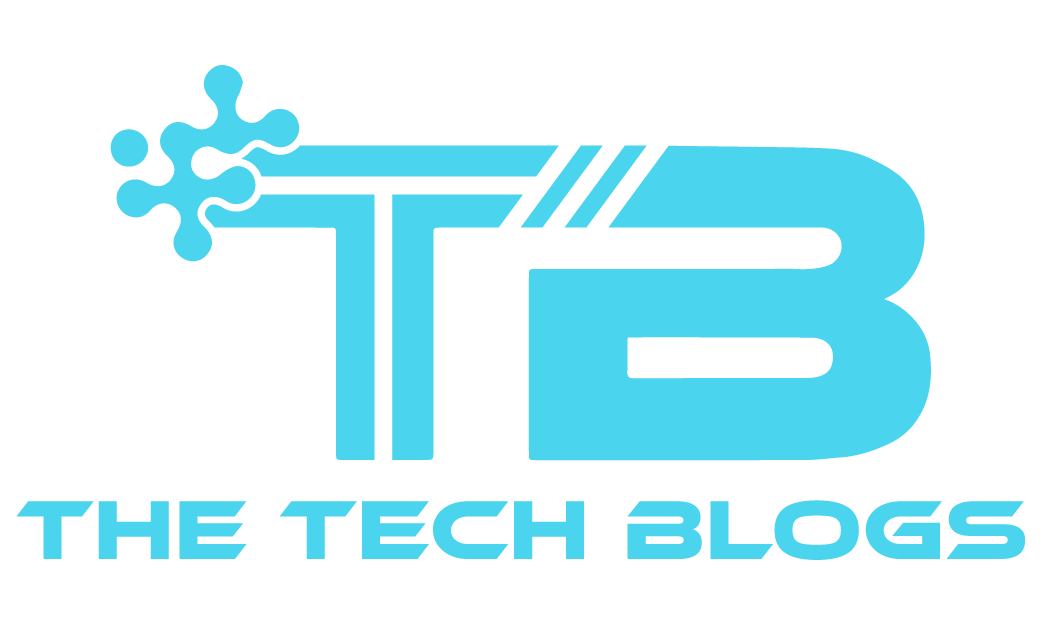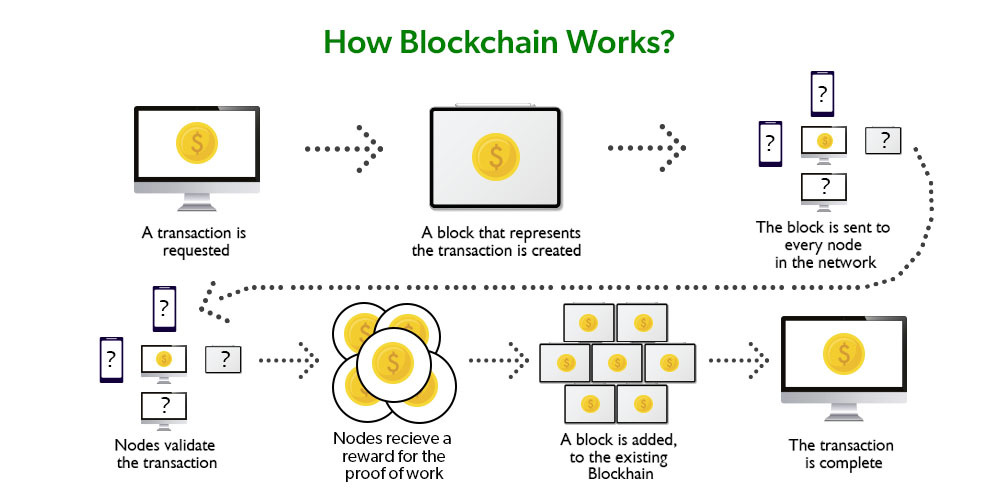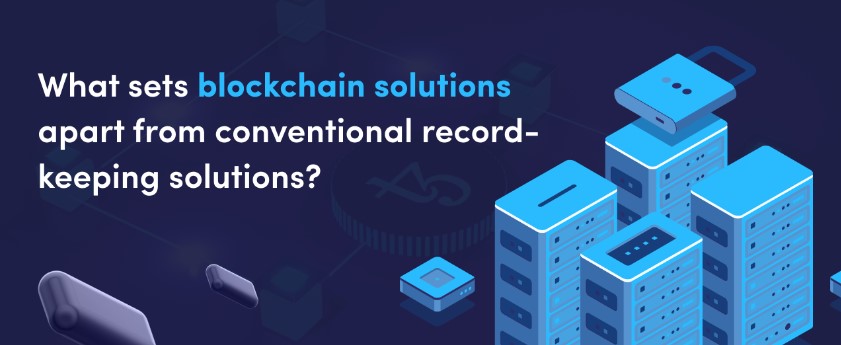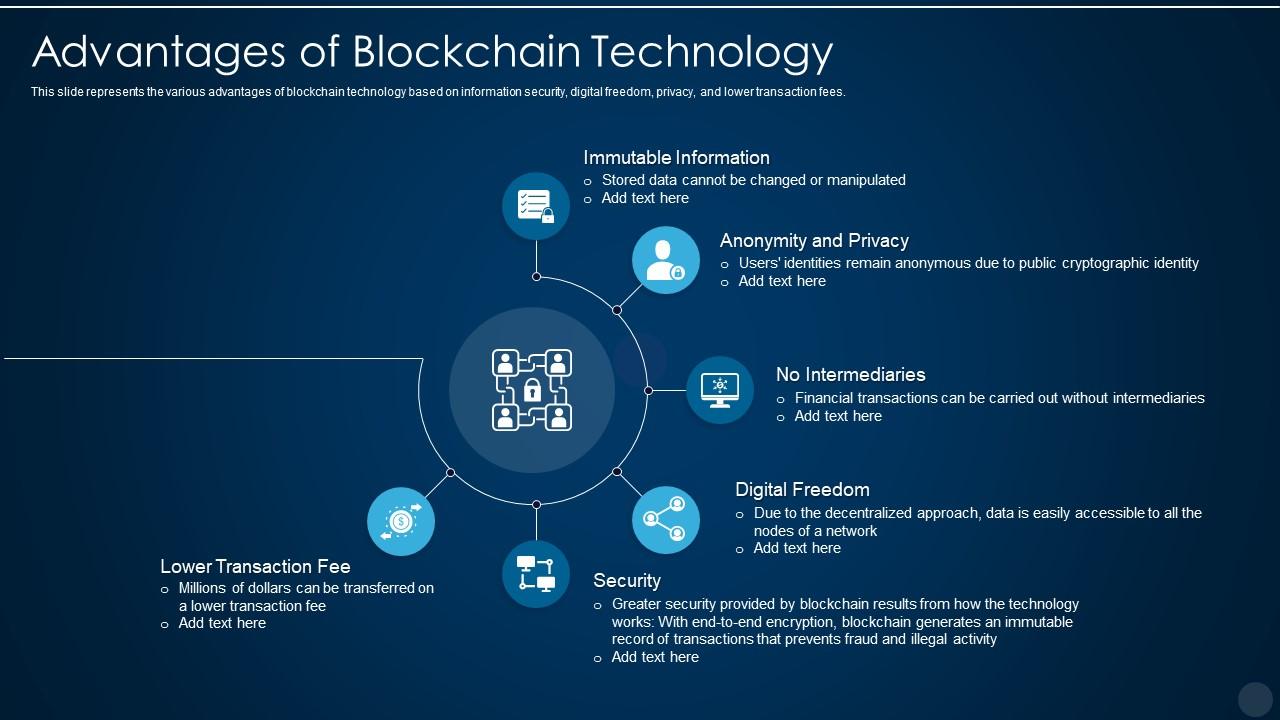Introduction
Welcome to the future of digital technology! If you’re intrigued by buzzwords like cryptocurrency, smart contracts, and decentralized networks, then you’ve come to the right place. This article serves as your definitive guide to understanding how blockchain works step by step.
Unveiling the Basics of Blockchain
Firstly, let’s tackle the basics. A blockchain acts as a digital ledger, recording transactions across various computers. Unlike traditional databases, which are centralized, blockchain relies on decentralization and transparency to prevent fraud.
Tracing the Origins of Blockchain
Next, let’s travel back in time to the roots of blockchain. An individual or group known as Satoshi Nakamoto first conceptualized blockchain as the accounting method for Bitcoin, the inaugural cryptocurrency.
Grasping the Significance of Blockchain
Now, consider the importance of blockchain technology. It eliminates the need for a central authority and boosts trust and efficiency in various sectors like healthcare, finance, and governance. In essence, it’s a game-changer.
Dissecting the Anatomy of a Blockchain
A blockchain consists of blocks that carry a list of transactions. Algorithms validate and encrypt these transactions, safeguarding the data’s integrity. So, let’s get this straight—your data remains secure and unalterable.
The Role of Cryptography
Furthermore, cryptography serves as the digital lock and key that secure data within each block. Once recorded, you can’t alter or delete a transaction, adding another layer of security to the process.
Understanding the Genesis Block
In the beginning, there’s the Genesis Block, the first block from which every blockchain originates. This foundational block sets the stage for all subsequent blocks.
Adding Subsequent Blocks
New blocks join the blockchain only after solving intricate mathematical problems. Each newly added block undergoes validation to ensure it maintains the chain’s integrity.
The Beauty of Decentralization

Moreover, decentralization stands out as one of blockchain’s most distinctive features. Unlike traditional systems, blockchain operates over a network of nodes, eliminating single points of failure.
Exploring Consensus Mechanisms
We also have different consensus mechanisms like Proof of Work (PoW) and Proof of Stake (PoS). These systems help maintain consistency and integrity in blockchain data, ensuring it’s reliable and untampered.
A Step-by-Step Guide: How Blockchain Works
- You initiate a transaction.
- Network nodes verify this transaction.
- Your transaction joins a block.
- This block attaches to the blockchain.
- Finally, the transaction completes, and the blockchain updates.
FAQs
Does blockchain improve security?
Absolutely. Blockchain’s design naturally resists fraud and hacking.
Who benefits from blockchain?
Industries like finance, healthcare, and supply chain management stand to gain massively.
Is Bitcoin the same as blockchain?
No, Bitcoin is a cryptocurrency that uses blockchain as its underlying technology.
What does decentralization mean in blockchain?
It implies distributing the digital ledger across multiple computers, thereby increasing robustness.
How do smart contracts work?
Smart contracts execute tasks automatically when pre-defined conditions meet.
Is blockchain ready for mass adoption?
While still evolving, blockchain has shown itself to be a reliable and efficient platform for various applications.
Conclusion
In summary, blockchain technology offers groundbreaking innovation with the potential to radically disrupt various industries. By grasping how blockchain works step by step, you not only understand its current scope but also gain insights into its future possibilities.











